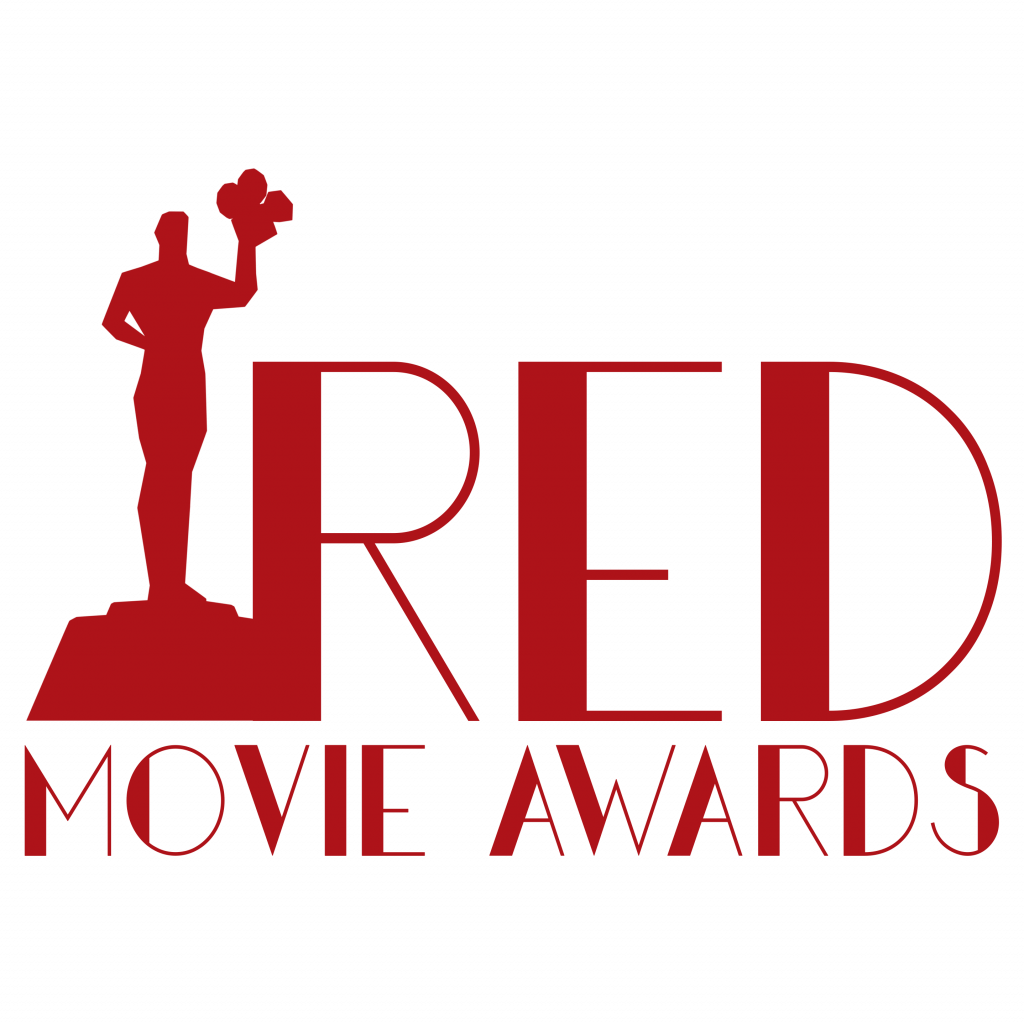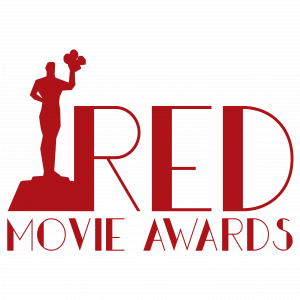THE INTERVIEW
Janvier, 2024
MERSIHA HUSAGIC
DIRECTOR OF CHERRY JUICE
BEST PRODUCTION DESIGN
Mersiha, tell us a bit more about yourself. Where does your desire to be a director come from?
During my highschool years, I started working at an acting school for kids. I’ve done the paperwork and prepared coffee, and sometimes I could attend the classes, and that’s how I got my first acting jobs. Agents were regularly looking for young actors at the school, and I was lucky that they took note of me, so started doing Castings and Auditions. I was able to act in German television shows when I was 16 years old. After graduating from highschool, I enrolled in an acting school. While I was working as an actress I wrote screenplays, but none of my screenplays or treatments ever got financial support, so I decided to study film at the University of Art in Hamburg. At that point Wim Wenders was the director, and my motivation to apply for this program at that particular school.
For the application portfolio, I had to shoot a film. I remember very vividly when I took the camera and started filming a documentary about my mother and her experiences with the Bosnian war. It was a key moment in my life: I will never forget the freedom and liberty I felt by creating and telling what was important to me.

What is your background?
In 2020 I finished school with my degree in film studies in Hamburg. I was still working a lot as an actor for German production companies. For many years I played a lead-recurring character in a German crime series in Munich while I was still writing screenplays and directing a few short films. I lived some time in Cologne and Berlin, before moving to Paris, where I currently live and work.

What was your reference for Cherry Juice?
The Transwoman in the film is a friend of mine, and when she shared her story with me I wanted to share this with more people. And of course I am consciously and unconsciously influenced by other films as well. I think everything that I’ve seen, and what marked me, influences my work in a way. The main character, Niklas, is quoting Pulp Fiction. I decided to use that quote in Cherry Juice because the actor once shared with me that Pulp Fiction is one of his favorite movies, and that it had a major impact on him. It felt right, authentic, and genuine in a way.
As a filmmaker, I’m by default very visual and painting became a part of my life, since childhood too. Therefore, it also became part of the film, even though it was not planned to implement drawings or animations when I started the production. In the editing process I added my illustrations to strengthen the story and highlight (quite literally) certain plot points and beats. The art seamlessly and effortlessly became a part of the visual and dramatic language and I was as the auteur in control of what I wanted to convey. My illustrations are inspired by the charcoal animations of Wiliam Kentridge, but generally, I’m inspired by surrealistic paintings. To me, the visible and invisible world, the conscious and unconscious aspect in us are not separable. I like surrealistic moments, where we see the unconscious dreamworld of a protagonist. That’s to me the beauty and magic of filmmaking.
And last but not least music is a huge reference and influence for me. In Cherry Juice I would even say that the score and source music is playing a major role, it is not just background ambient music. The music in the film has its own life, its own character.

Does your film echo your story? Namely that the cinema is in the background, as is the war. You can’t see it as having a relationship with your own history. How do you bring this about ?
Nowadays, war seems to have become a part of everyone’s life, because it is constantly in the news. How can we live in a world, where violence and war is part of our life? These kinds of questions drive me, push me to explore these emotions in my work and share it eventually with an audience. I feel that cinema and art provide a space where I can explore those questions.
The theme of your film undoubtedly echoes your history but also current events with the many conflicts in the world. For you, cinema has a duty to make people aware of what is happening in the world? In my opinion, cinema has no duty, like art it is free from that. But right now, for me this is what I am reflecting on, and what is important to me. And with the ongoing wars everywhere in the world, we can see that history is repeating itself, it probably will never stop… The war I experienced reminds me of the war we see in the news right now. Some politicians in Germany said, when the war in the Ukraine started, that this is the first war in Europe since World War II. That shocked me and I asked myself: did the Bosnian war never happen to some people? I feel in a way a duty to make people aware of Bosnia, because it is part of our history and humanity. Filmmaking is my way of communication and personally I like learning from films and stories that filmmakers are sharing with me. When it broadens my horizon and teaches me something new, I feel fulfilled. But this is a personal opinion, I don’t think that cinema in general has any duty.

Mersiha, you won an Honorable Mention for Best Production Design at the RED Movie Awards, what does that mean to you?
Bertrand: -B : First of all, thank you for this award and for being sensitive to the ideas and artistic choices we involved in the film, thanks to Mersiha who believes in my work and makes it visible. Indeed, the miniature setting is in the continuity of the illustrations of Mersiha, but this time as a dreamlike world scenery about a traumatic episode of Selma and this is where I focus my work and intentions. Selma’s voiceover talks to herself in the film, stating the number of the scenes that give information about what took place in the past and why we are here. This construction reminds the development process of the film, like a storyboard. I wanted to make this storytelling more tangible and give substance to Selma’s trauma with an abstract object that shows her subconscious, a distorted vision of her mind and memories.
At the beginning, we can see the big picture of her trauma, the main scenery represents an abstract Sarajevo boulevard surrounded by socialist buildings, a series of monolithic raised stones slowly disappearing in a black liquid like a Cherry Juice. The last part of the scenery is a sculpted liquid vertically displayed as a black screen, a surface of projections that evoke again the Cherry Juice and the movements that impact the present life or Selma.
Cherry Juice took place in a « temps long » that makes feel the time stretching, a contemplation of the psychological and emotional path wandered by Selma in the film that mirrors ourselves. This object concentrates the infinite guiltiness of the little five years old Selma and the camera slowly gives us access to this unsolved part of her. I wanted to create a haptic image at this point, aesthetically, it is the wish to provoke in the viewer’s eyes, the feeling of truly touching the surface without technically activating the sense of touch.The black sculpted Cherry Juice at the very end of the scene turns as a potential gate to touch the core of Selma’s trauma.
We appreciated your way of storytelling through the film. In the words of the jury, “it’s a great proposition”. You mix fiction images, drawings, archive images, why this choice?
The archival images were planned from the beginning, but the Illustrations and the Miniature came along in the post production process, as an idea born out of lack of money. I couldn’t shoot and tell Selma’s past so far, I needed to find other solutions. And since the screenplay and her memories are intertwined it felt right to see them as storyboard animations.

What was the biggest challenge in this shooting?
Niklas, the main actor and I, were helping with the light, and we’ve done the hair & makeup and costumes ourselves. Our boom operator helped with the lights too, and he helped me with the continuity. So while I was acting and directing, I was also working the props, set dec, and paying attention to the continuity, so of course there are some continuity mistakes in the film.
For the post production process I wanted in the beginning someone else for the editing. But the same problem: no money. So I had to do the editing and the Animations. Just finding the right technique to do the animations took me more than 3 months. It seems crazy, but the screenplay was written in a month, we shot directly afterwards in 2019 in two weeks, and then it took almost four years just to finish the last steps in the post production. Well, filmmaking is crazy.

Do you have an anecdote to share with us in particular?
By the way, the party scene was a real New Years Party and people were ordering beer, they thought I was a waitress for real. Shooting in Bosnia was crazy, but lovely at the same time, the people are adorable, and our line producer made almost everything possible for example asking his friend the Tram conductor for help: The tram conductor waited for us to be ready, before driving, he didn’t care at all about the schedule of the tram, he also blocked the front doors, so we could shoot. In Bosnia everything seemed possible, even without money.
Can you tell us about the production methods, is a film produced in a classic way? Or self-production? How did you launch the film?
I thought about giving up, even though the film was almost finished, but the project seemed like a bottle with a hole- there was always more money and more work needed, and I was exhausted.
When I moved to Paris, the people here liked my film, even the rough cut, without grading or sound design. That motivated me and in the end I started a crowdfunding campaign, which, thanks to all my friends and my mother and father, worked and financed the final production puzzle pieces for completion of Cherry Juice.

What is your next project?

